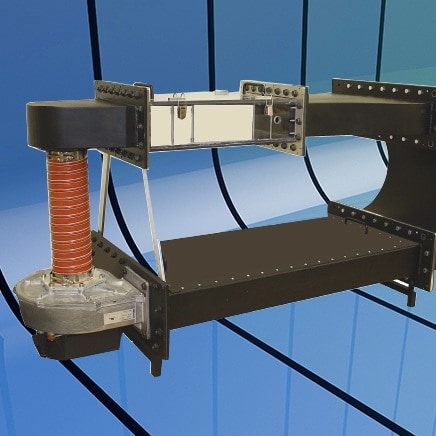Ambient air, that you breathe every day, contains life supporting oxygen, nitrogen, carbon dioxide, and chemicals like formaldehyde or carbon monoxide that can harm you. Characteristics of that air, like temperature, humidity and barometric pressure, determine the comfort to humans at work in that space. Now, start with that air and add the chemicals used in manufacturing, and then concentrate them in a confined space like a factory. The resulting air can become even more uncomfortable and toxic fairly quickly unless properly managed.
The health effects of ingesting chemicals include:
1. Irritation—mucous membranes (eyes, nose, throat)
2. Strained breathing—coughs, wheezing, chest tightness
3. Existing health problems become worse
4. Increasing risk of heart disease, cancer and kidney and liver diseases
Healthy adults in a workplace can tolerate lower levels of carbon monoxide and formaldehyde, for example. But, they can bring home these chemicals, attached to their clothing, to infants and children. Toxicity levels are relative to the mass of the person ingesting the toxin. Even if the adult tolerates the mass breathed, their child may not. Further, formaldehyde is more dense than ambient air, it sinks to a child’s breathing level. For example: formaldehyde off-gassing from flooring is a health and safety concern, especially for children.
Data acquisition, automation, electric heating, and custom engineered products can be necessary to implement an air quality monitoring system that guarantees the safety of your factory. The first step is to assess the risk of your environment.
Factory Air Risk Management
A regular risk management survey begins with defining the current situation. For factory air risk management, a risk management assessment begins by monitoring the air and defining the current situation. The air should be tested to satisfy OSHA, health studies for workers’ compensation, HVAC temperature monitors as well as safety concerns for extreme conditions.
The first step is monitoring. The data is collected, analyzed, and interpreted. Issues discovered, and solutions implemented. The final step is to monitor on an ongoing basis.
Occupational Safety and Health Administration (OSHA)
The OSHA mission began with indoor working conditions. Embrace the mission and use their training tools that are available to the public through the OSHA website. One of their most useful services is Spanish language materials, especially those concerning technical data like fitting personal protection gear, or the necessity to wear it. Be sure everyone understands the system from gearing up to decontamination.


